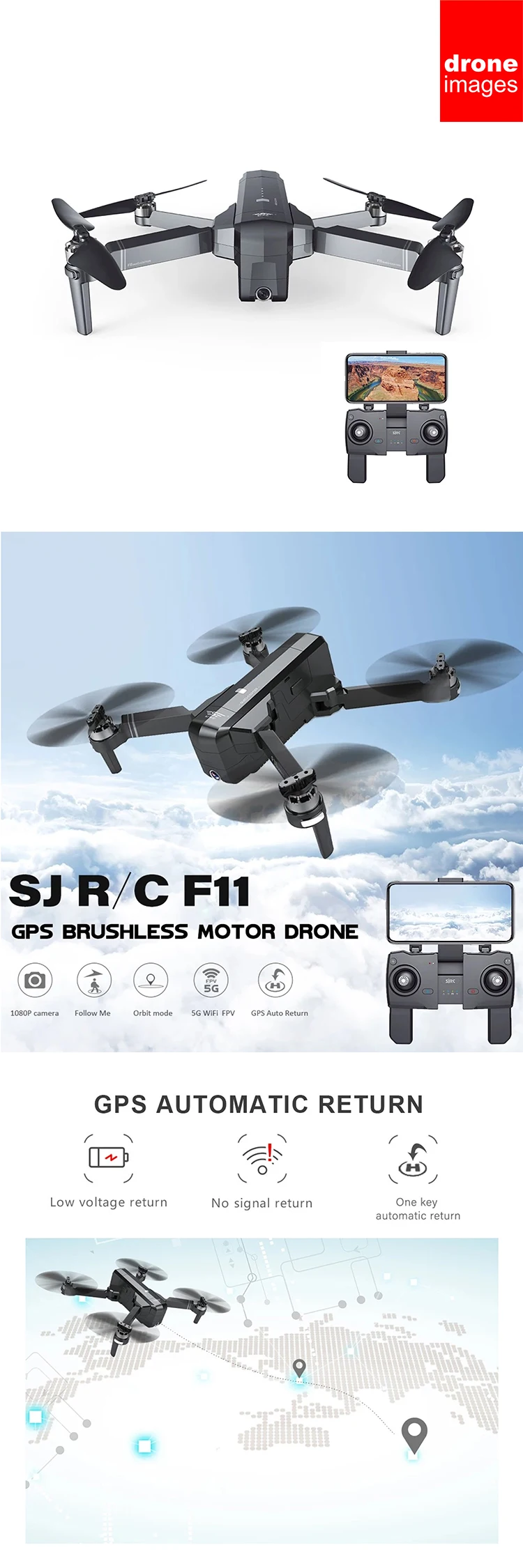
The scientists’ statement described their process this way: The new creatures were designed on a supercomputer at UVM, and then assembled and tested by biologists at Tufts University. This suggests others may use this approach to design a variety of living machines to safely deliver drugs inside the human body, help with environmental remediation, or further broaden our understanding of the diverse forms and functions life may adopt. Thus, we here present a method that designs completely biological machines from the ground up: computers automatically design new machines in simulation, and the best designs are then built by combining together different biological tissues. It would thus be useful to build technologies using self-renewing and biocompatible materials, of which the ideal candidates are living systems themselves.

Most technologies are made from steel, concrete, chemicals, and plastics, which degrade over time and can produce harmful ecological and health side effects. In their published paper, these scientists wrote: The scientists described this creature (if we can call it a creature) as “a bit smaller than a pinhead.” Image via Douglas Blackiston/ Tufts University/ University of Vermont. Order now! A manufactured quadruped (4-footed) organism, 650-750 microns in diameter (a micron is a millionth of a meter). The results of the new research were published January 13 in the Proceedings of the National Academy of Sciences.ĮarthSky 2020 lunar calendars are available! Only a few left. Then you ask, well, what else are these cells capable of building? It’s 100% frog DNA - but these are not frogs. You look at the cells we’ve been building our xenobots with, and, genomically, they’re frogs. It’s a new class of artifact: a living, programmable organism … They’re neither a traditional robot nor a known species of animal. Joshua Bongard, a computer scientist and robotics expert at the University of Vermont who co-led the new research, said in a statement:

Maybe, eventually, they’ll be able to carry a medicine to a specific place inside a human body, scrape plaque from arteries, search out radioactive contamination, or gather plastic pollution in Earth’s oceans.Īnd, yes, the scientists do acknowledge possible ethical issues. The blobs have been able to scoot across a petri dish, self-organize, and even transport minute payloads. They can heal themselves after being cut. The blobs contain between 500 and 1,000 cells. The scientists describe them as tiny blobs, submillimeter in size (a millimeter is about 1/25th of an inch, so these little blobs are smaller than that). They call them living robots, or xenobots for the frog species from whose cells the little robots sprang.

Scientists from the University of Vermont (UVM) and Tufts University in Massachusetts said on January 13, 2020, that they’ve now assembled living cells into entirely new life-forms.


 0 kommentar(er)
0 kommentar(er)
